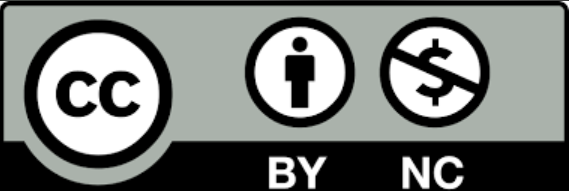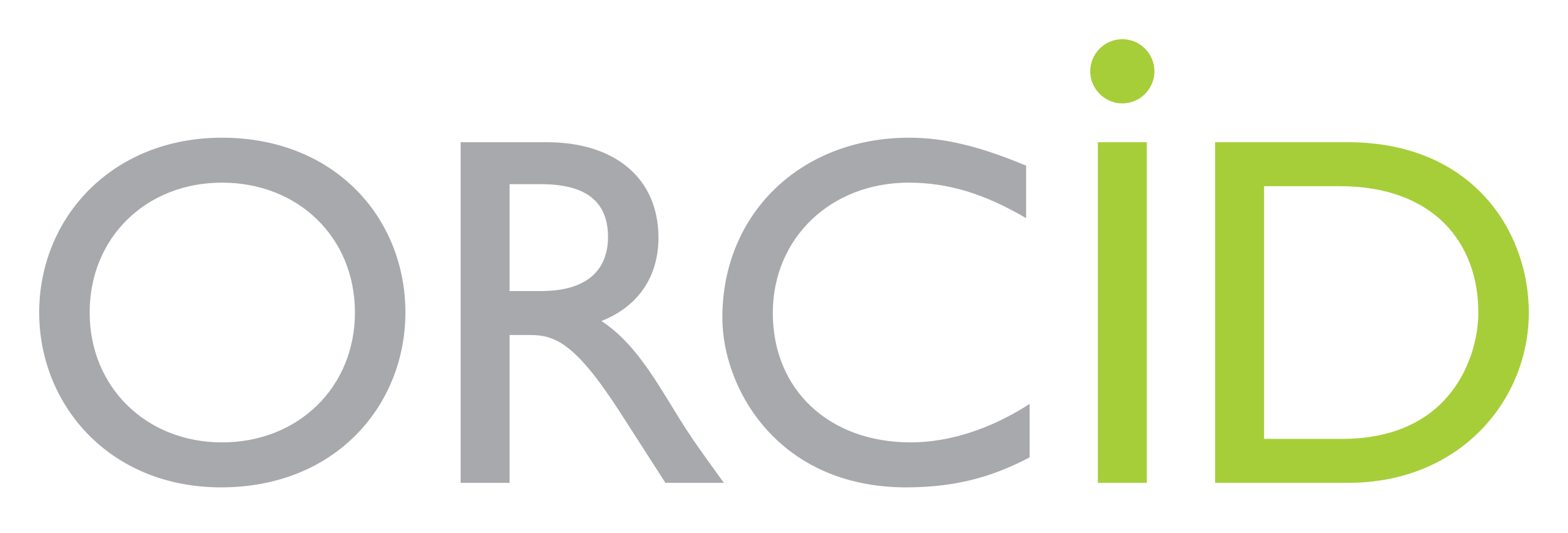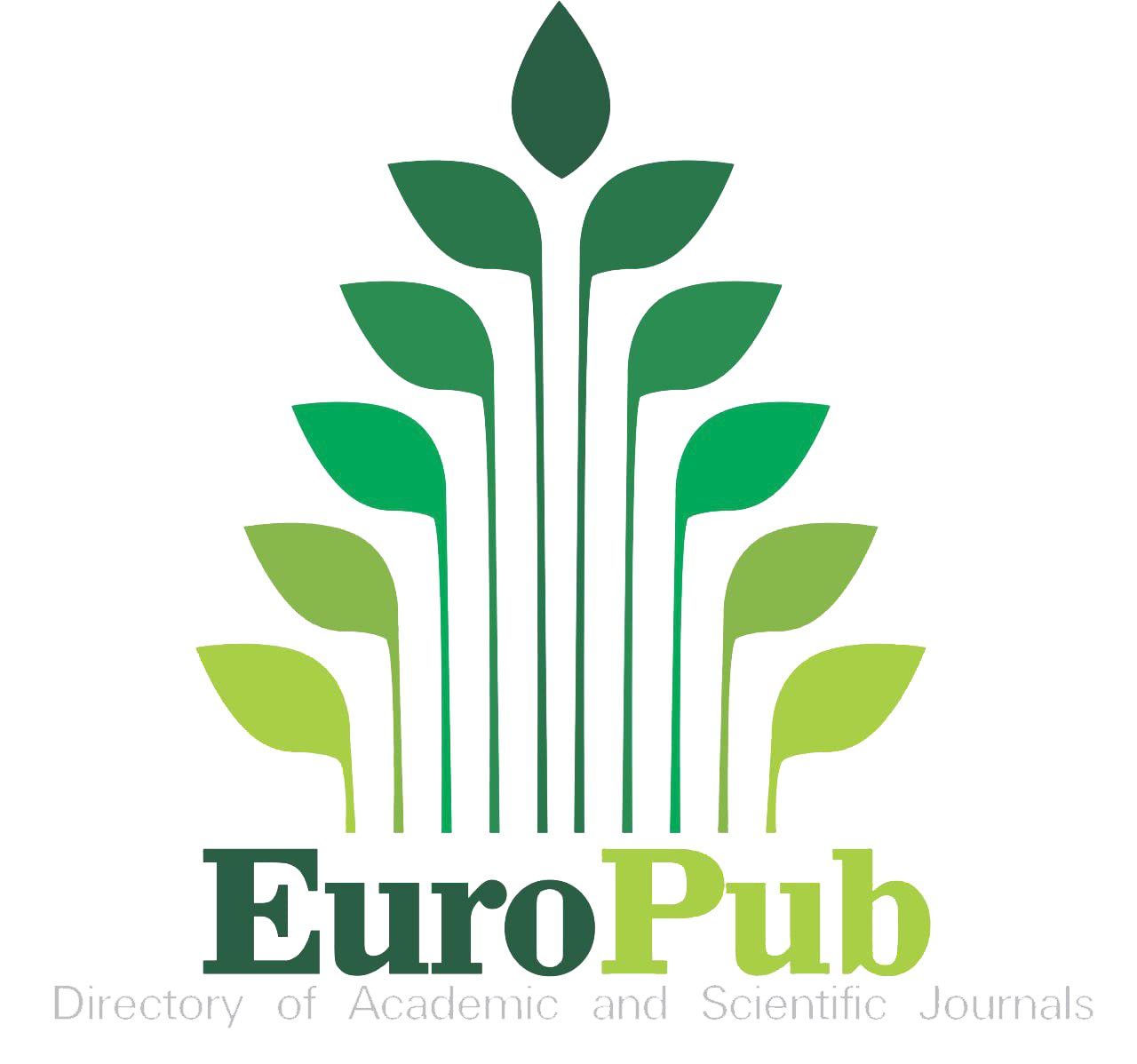Abstract
Ibuprofen is a well-known Non-steroidal anti-inflammatory drugs (NSAID) that has historically been used for its analgesic, anti-inflammatory, and antipyretic effects. It is used as an over-the-counter pain reliever for conditions like headache, backache, muscle aches, toothaches, fever, and dysmenorrhea. It is used to treat chronic illnesses such as rheumatoid arthritis, osteoarthritis, ankylosing spondylitis, and others for an extended period of time. Due to its great efficacy compared to acetaminophen and relative safety compared to aspirin, it is also frequently used in juvenile patients to treat acute pain and fever by inhibiting prostaglandins, but they can also lower immunity by reducing the production of cytokines like IL-6. This study aimed to predict the effect of ibuprofen on immune response. A clinical trial study was done by selecting four rats their weight were about 170.58 – 244.42 then will divided in to groups to detect the effect of NSAID on them. The results was show a significant effect P < 0.001 of profin in reducing immune response representing by IL-6 between the two groups.
Recommended Citation
Younus, Laith Ali
(2024)
"The potential impact of Ibuprofen on level of IL-6,"
Maaen Journal for Medical Sciences: Vol. 3
:
Iss.
1
, Article 4.
Available at: https://doi.org/10.55810/2789-9136.1038
References
[1] Ana-Belen Mu niz-Gonz ~ alez. Ibuprofen as an emerging pollutant on non-target aquatic invertebrates: effects on Chironomus riparius. Environ Toxicol Pharmacol 2021;81. https://doi.org/10.1016/j.etap.2020.103537.
[2] Chmiel JF, Konstan MW, Accurso FJ, Lymp J, MayerHamblett N, VanDevanter DR, et al. Use of ibuprofen to assess inflammatory biomarkers in induced sputum: implications for clinical trials in cystic fibrosis. J Cyst Fibros 2015; 14:720e6. https://doi.org/10.1016/j.jcf.2015.03.007.
[3] Rainsford KD. Ibuprofen: pharmacology, therapeutics and side effects. New York: Springer; 2012. https://doi.org/10. 1007/978/-3-0348-0496-7.
[4] Jones SA, Jenkins BJ. Recent insights into targeting the IL-6 cytokine family in inflammatory diseases and cancer. Nat Rev Immunol 2018;18:773e89. https://www.nature.com/ articles/s41577-018-0066-7. Table 3. The level of IL-6 in sample and control groups after and before induction by 0.1 N NaOH. Parameter Rats No. Level before induction Level after induction by NaOH P-Value Significant IL-6 Pg/ml control 1 15.48 30.27 P > 0.001 Sig. IL-6 Pg/ml control 2 17.25 34.19 P > 0.001 Sig. IL-6 Pg/ml sample 3 14.35 29.15 P > 0.001 Sig. IL-6 Pg/ml sample 4 16.55 33.28 P > 0.001 Sig. Table 4. The level of IL-6 in 0.1 M NaOH induction sample after taking profin and 0.1 NaOH induction not taking profin Parameter Rats No. Level after induction by NaOH Level after taking profin samples only P-Value Significant IL-6 Pg/ml control 1 30.27 28.56 P ¼ 0.89 N.S IL-6 Pg/ml control 2 34.19 32.85 P ¼ 0.91 N.S IL-6 Pg/ml sample 3 29.15 14.11 P > 0.001 Sig. IL-6 Pg/ml sample 4 33.28 15.24 P > 0.001 Sig. Table 5. The level of IL-6 in 0.1 M NaOH induction sample after taking profin tissue samples. Rat IL-6 Pg/ml Ref. Range Pg/ml 1 15.27 Pg/ml 14e36 Pg/ml Table 2. The level of IL-6 in inducted and not inducted groups without induction by any medications stage 0. Parameter Rats No. Level P-Value Significant IL-6 pg/ml Control 1 15.48 0.0962 N.Sa IL-6 Pg/ml Control 2 17.25 IL-6 Pg/ml Sample 3 14.35 IL-6 Pg/ml Sample 4 16.55 a N.S no significant, The kit references was 14e36 Pg/ml all of them with normal levels. MA'AEN JOURNAL FOR MEDICAL SCIENCES 2024;3:24e28 27
[5] Kamimura D, Murakami M. In: Reference module in neuroscience and biobehavioral psychology; 2017. https:// doi.org/10.1016/B978-0-12-809324-5.03259-4.
[6] Chen X, Zhao B, Qu Y, Chen Y, Xiong J, Feng Y, Men D, et al. Detectable serum SARS-CoV-2 viral load (RNAaemia) is closely correlated with drastically elevated interleukin 6 (IL6) level in critically ill COVID-19 patients. Clin Infect Dis 2020. https://doi.org/10.1101/2020.02.29.20029520.
[7] Mensah GA, Roth GA, Fuster V. The global burden of cardiovascular diseases and risk factors: (2020) and beyond. J Am Coll Cardiol 2019;74:2529e32. https://www.jacc.org/ doi/full/10.1016/j.jacc.2019.10.009.
[8] Souyri C, Olivier P, Grolleau S, Lapeyre-Mestre M. French Network of Pharmacovigilance Centres. Severe necrotizing soft-tissue infections and nonsteroidal anti-inflammatory drugs. Clin Exp Dermatol 2008;33:249e55. https://doi.org/10. 1111/j.1365-2230.2007.02652.x
. [9] Anderson P. Post-transcriptional control of cytokine production. Nat Immunol 2008;9:353e9. https://www.nature. com/articles/ni1584.
[10] Day M, Covid-19. ibuprofen should not be used for managing symptoms, say doctors and scientists. BMJ 2020;368: m1086. https://doi.org/10.1136/bmj.m1086.
[11] Wan Y, Shang J, Graham R, Baric RS, Li F. Receptor recognition by the novel coronavirus from Wuhan: an analysis based on decade-long structural studies of SARS coronavirus. J Virol 2020;94. https://doi.org/10.1128/jvi.00127-20.
[12] Han H, Ma Q, Li C, Liu R, Zhao L, Wang W, et al. Profiling serum cytokines in COVID-19 patients reveals IL-6 and IL-10 are disease severity predictors. Emerg Microb Infect 2020;9: 1123e30. https://doi.org/10.1080/22221751.2020.1770129.
[13] Raetska Ya B, Chornenka NM, Koval TV, Savchuk OM, Beregova TV, Ostapchenko LI. Cytokine profile indicators in rat blood serum in a model of esophagus burn induced by antioxidant chemical preparation. Biomed Res Ther 2017;4(9):1591e606. https://doi.org/10.15419/bmrat. v4i9.367.
[14] Aprioku Jonah Sydney, Nwidu Lucky Legbosi, Obasi Cecilia Nwadiuto Amadi. Evaluation of toxicological profile of ibuprofen in Wistar Albino rats. Am J Biomed Sci 2014;6(1): 32e40. https://doi.org/10.5099/AJ140100032.
[15] Erdem Koçak, Seyfettin Koklü, Akbal Erdem, Tas € ¸ Adnan, Karaca Gokhan, Astarcõ Müzeyyen Hesna, et al. NaOH- € induced Crohn's colitis in rats: a novel experimental model. Nat Center Biotechnol Inform 2011;10(56):2833e7. https:// link.springer.com/article/10.1007/s10620-011-1697-8.
[16] Zalar D-M, Pop C, Buzdugan E, Kiss B, Stefan M-G, Ghibu S, et al. Effects of colchicine in a rat model of diet-induced hyperlipidemia, vol. 11; 2022. p. 230. https://doi.org/10.3390/ antiox11020230.
















Indexed in: